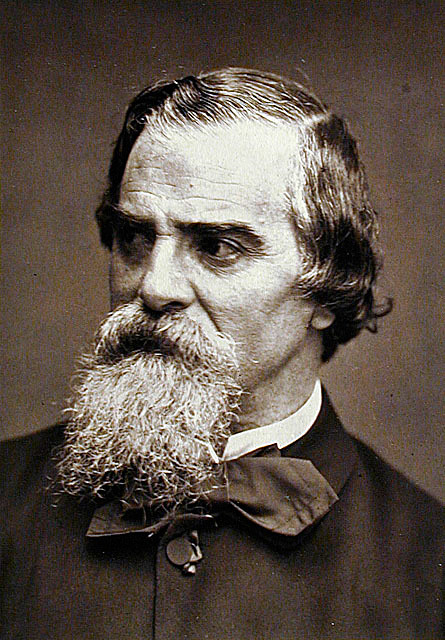Diaz to Millet, c. 1845; as quoted by Albert Wolff, in Notes upon certain masters of the XIX century, - printed not published MDCCCLXXXVI (1886), The Art Age Press, 400 N.Y. (written after the exhibition 'Cent Chefs-d'Oeuvres: the Choice of the French Private Galleries', Petit, Paris / Baschet, New York, 1883, p. 20
In Paris Diaz had sold three drawings of his friend Millet for sixty francs, but Millet stayed still thoughtful, for he had to think of the morrow
Quotes of Diaz
Narcisse Virgilio Díaz: Cytaty po angielsku
Quote of Diaz, c. 1830-34; as quoted by Arthur Hoeber in The Barbizon Painters – being the story of the Men of thirty – associate of the National Academy of Design; publishers, Frederick A. Stokes Company, New York 1915, p. 139
Quotes of Diaz
Quote of Diaz, late 1860's, recorded by Albert Wolff, in Notes upon certain masters of the XIX century, - printed not published MDCCCLXXXVI (1886), The Art Age Press, 400 N.Y. (written after the exhibition 'Cent Chefs-d'Oeuvres: the Choiche of the French Private Galleries', Petit, Paris / Baschet, New York, 1883, p. 45-46
Albert Wolff, the interviewer, owned this little panel, painted by a young Diaz. It was fifteen centimeters big, and presented a baby lying in a cradle with the mother, guarding it. Wolff returned it to the old Diaz
Quotes of Diaz
“Your women bathing come from the cow house.”
Quote of Diaz to Millet, c. 1860's, viewing a Nude painting of Millet; as quoted by Arthur Hoeber in The Barbizon Painters – being the story of the Men of thirty – associate of the National Academy of Design; publishers, Frederick A. Stokes Company, New York 1915, p. 17
Quotes of Diaz
“You paint stinging-nettles, and I prefer roses.”
Diaz, quoted by Muther; cited in The Barbizon Painters – being the story of the Men of thirty, Arthur Hoeber – associate of the National Academy of Design; publishers, Frederick A. Stokes Company, New York 1915, p. 138
according to Richard Muther this was the characteristic expression which Diaz used to Millet
Quotes of Diaz
Quote of Diaz, 1844; as cited by fr:Alfred Sensier, in Jean-Francois Millet – Peasant and Painter, translated from the French original by Helena de Kay; publ. Macmillan and Co., London, 1881, p. 62
Diaz de la Peña gave this comment when he saw for the first time work of Millet: the painting 'The Riding Lessons' on the Paris' Salon of 1844
Quotes of Diaz
